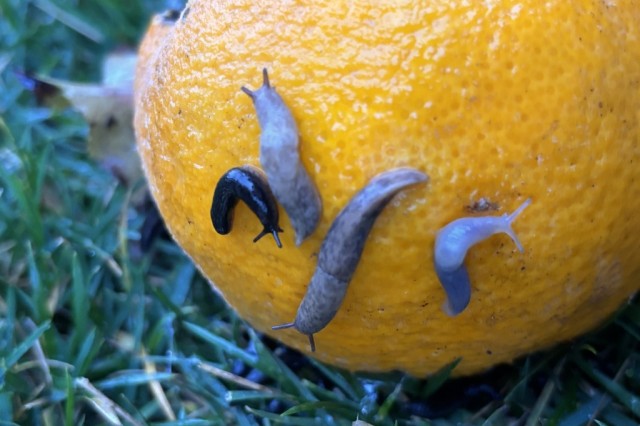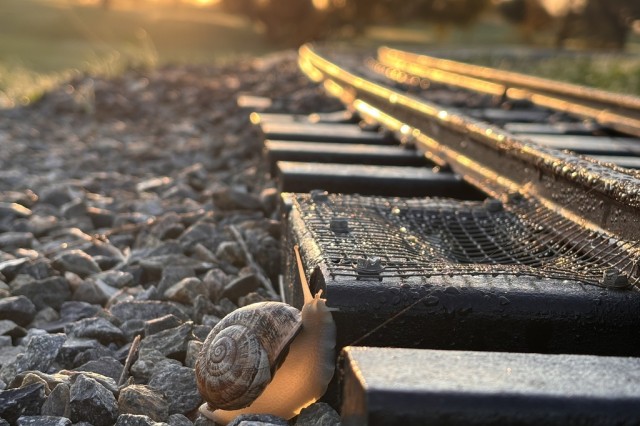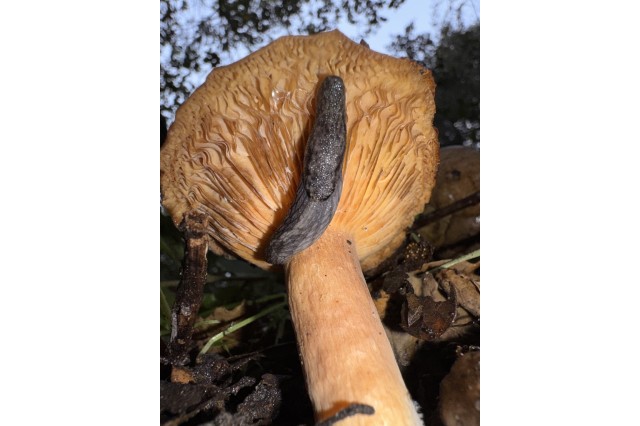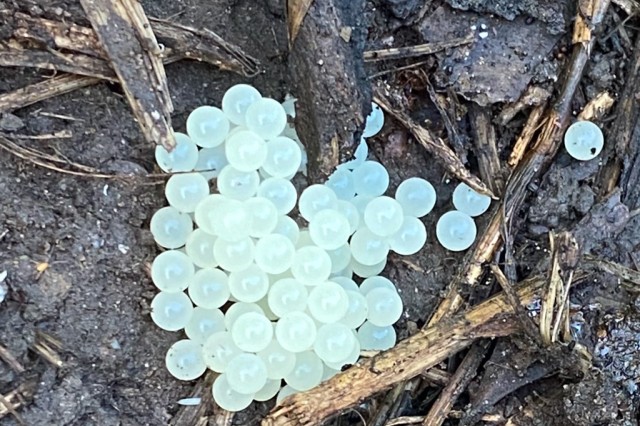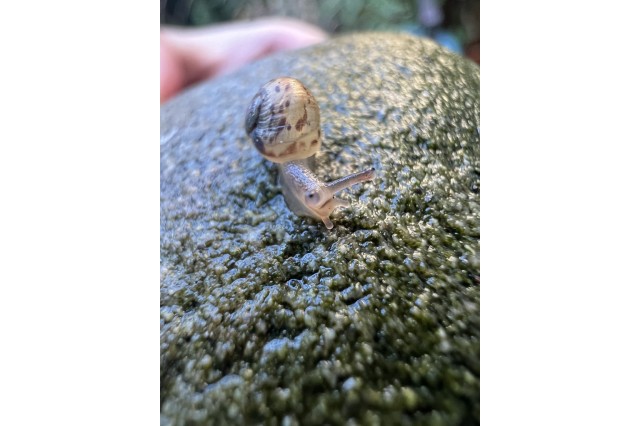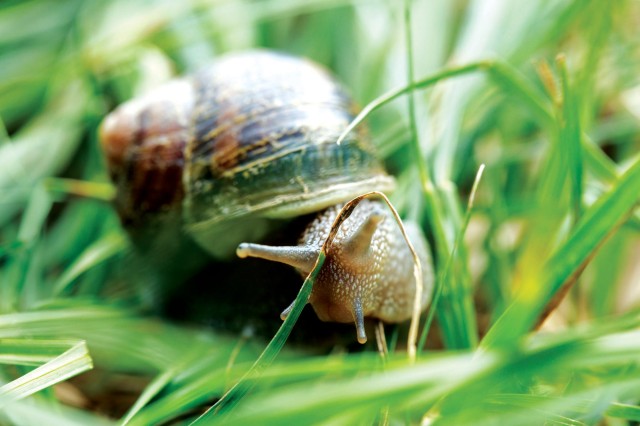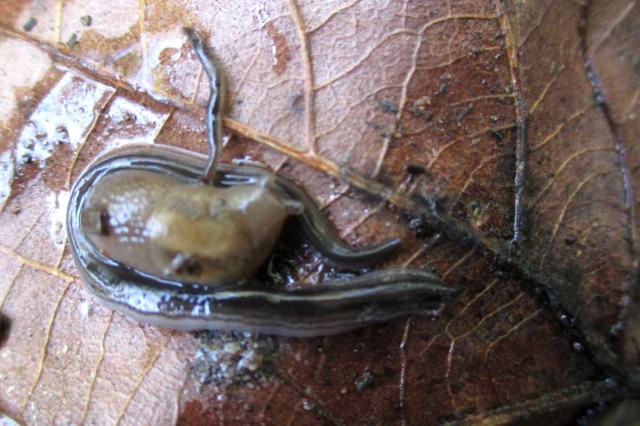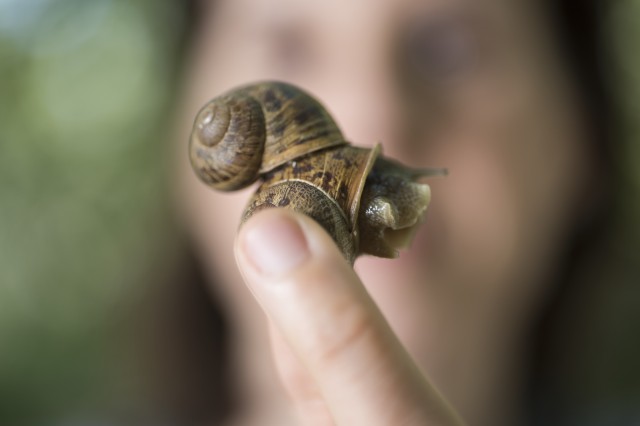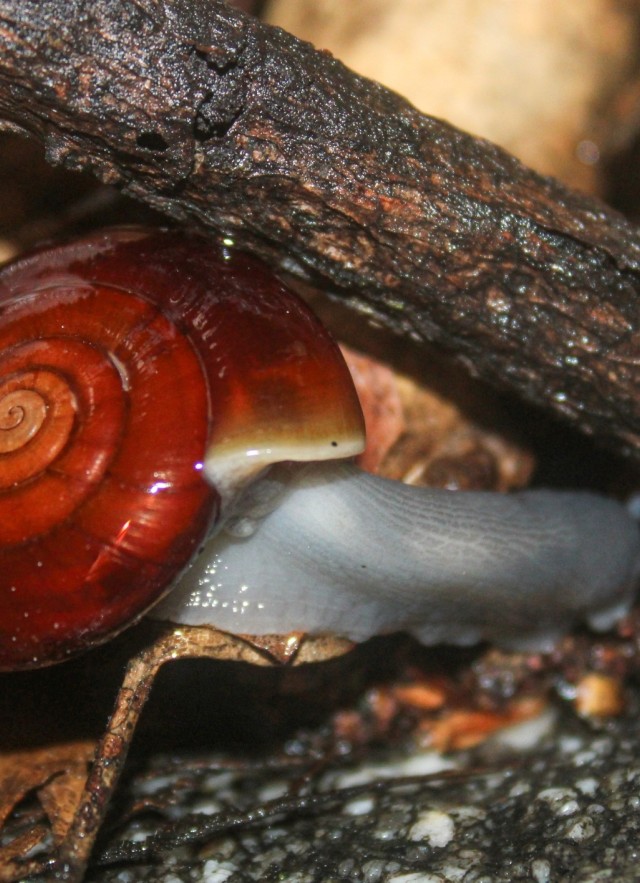
SnailBlitz is now Snail Search, or SNERCH for short!
WHY ARE WE CHANGING OUR NAME?
A message from the Community Science team:
As an office, we are committed to using more inclusive terminology and distancing ourselves from words that may harm communities or imply violence. In doing so, our office changed its name from Citizen Science to Community Science in 2017. Our mission is to create an inclusive environment where individuals of all backgrounds can explore, learn, and build a connection to science and nature.
Now, we have adopted “habitat survey” instead of “bioblitz” for our programs. While the use of the term “bioblitz” and “blitz” in Snailblitz denotes an intensive, short-term survey for documenting biodiversity, it also carries historical connotations linked to the bombing strategy used against London during 1940-41. As the Community Science Office and as Community Scientists, it’s essential for us to be mindful of the language we choose and to foster a trusting, safe environment for our communities while respecting cultural differences and sensitivities.
We asked you all for your favorite name! You all cast your votes, and we took your feedback to heart! SnailBlitz is now known as Snail Search, or SNERCH!
Ready to snail it again for science?! Snerch 2025 is here for its tenth annual habitat survey!
Between February 1, 2025 and March 31, 2025, please share your photographs of all Southern California wild land snails and slugs. Help us learn more about the biodiversity of Southern California and reach our goal of 1,250 observations by the end of Snerch 2025!
Check out how Snerch has helped add hundreds of snail and slug observations to NHM’s SLIME project. Follow us on Instagram @natureinla to stay up to date with upcoming snail and slug events!
How to share your snail or slug photos FOR SCIENCE!
Participants can share their finds in three ways:
- Upload photos to iNaturalist (They will automatically be included in Snerch: Snail Search 2025. Identify it as “Common Land Snails and Slugs” or “Stylommatophora” if you are not sure which species you have observed.) iNaturalist is a free app that helps you identify wildlife by uploading a photo or audio recording, available on Apple, Android and at iNaturalist.org
- E-mail photos to slime@nhm.org (include the date and location (address or intersection) where each photo was taken
- Post snail and slug photos to Instagram, Twitter, Facebook using #Snerch2025, and NHM staff and volunteers will contact you so your photo can be added to the project.
Win Snerch Swag!
Prizes include NHM snail-and-slug swag, stickers, and crocheted slug plushies by Dr. Jann Vendetti! Prizes will be distributed at events, mailed to participants, and through the Snerch photo contest. All you have to do is keep snailing it for science!
Up for a Side Quest?
There are imperiled snails native to southern California! Help us document Helminthoglypta (shoulderband snails) and Glyptostoma (chestnut snails) to better understand our local native biodiversity!
Here are 2025’s best snail and slug photos!
Snerch 2025 Stats
Community scientists pulled through even with low rain for this year’s Snail Search! See more details on iNaturalist.
- 2,819 Observations: Thousands of photos contributed by community scientists that will become data points to help researchers understand nature in our neighborhoods.
Observations in 2024: 4,445 - 71 Species: of land snails and slugs have been documented in those 2,700+ observations, including 36 threatened or imperiled species.
Species in 2024: 88 - 648 Observers: Individuals who snailed it for science this year!
Observers in 2024: 1,042
CONTACT US
General Inquiries
slime@nhm.org
Jann Vendetti
Twila Bratcher Chair in Malacological Research
jvendett@nhm.org
